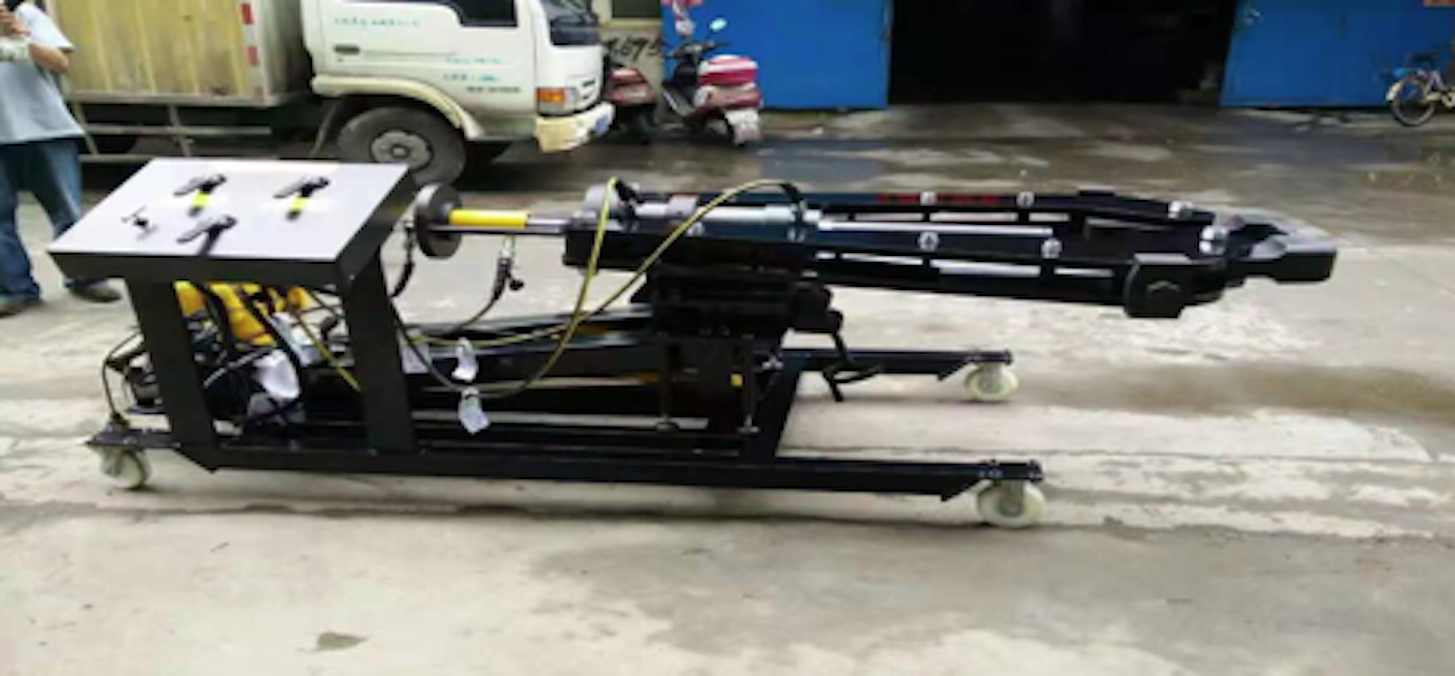
When using hydraulic pullers, like other mechanical devices, you should follow some safety measures. Besides the general safety measures, high-pressure hydraulic pullers gave their specific safety measures for users. When you know these safety considerations, you can avoid injuries and accidents while getting the best output.
Always employ hydraulic pullers with high-pressure controlled hydraulic power in the installation and removal of machinery parts, including wheels, pulleys, gears, sprockets, and bearings.
You can use the puller to remove a part of a shaft, pull a shaft, or push it towards something. You can also pull out an oil seal, bearing cup, or bushing from a hole.
When dealing with small jobs, you can use manual pullers, but for major jobs, high-pressure hydraulic pullers greatly benefit the person using them. You can handle things more effectively, especially when dealing with machines that need regular repairs, thrust parts, and loads with high resistance.
Also, when using high-pressure hydraulic pullers, you can work with a firmer grip, increase pressure, and achieve a straighter pull.
When purchasing a high-pressure hydraulic puller, consider the safety mechanisms to ensure that you are getting the best. Knowing this, you must ensure that you consider several issues when buying or using a high-pressure hydraulic puller. Here are a few of such considerations.
Table of Contents
Size the Puller
The best method for selecting a perfect puller is to understand the puller’s spread range and reach. It is crucial to find out the width and dimension of the part you wish to pull.
When calculating, the reach refers to the distance between the cage base and the jaws pulling surface. When the jaw spread widens, the distance increases as well.
Remember that the reach must always equate or be greater than the part you want to pull.
The tonnage to shaft diameter ratio should be 10 to 1. So, you need a 15-ton puller for a 1.5 inches shaft diameter. Also, the shaft diameter to center bolt diameter should be 2 to 1. So, if you have a shaft diameter of one inch, your center bolt should be half an inch.
At all times, the spread range is two times the distance between the jaw pulling surface and the cylinder. The spread range increases when the cage moves backward. When the cage goes forward, the spread range decreases.
Summarily, the spread must be larger than the wideness of whatever part you plan to pull.
Tips to consider when selecting the Hydraulic Pullers
It is crucial to select the right pump, which makes sure you can control the hydraulic puller when using it. More control is better than more speed.
- To maintain full control when working on a job, use a manual hydraulic pump alongside the puller. It ensures a gentle application of pressure. Also, confirm that the usable fluid capacity is enough to extend a hydraulic cylinder.
- If you plan to use an electric hydraulic pump with your puller, ensure to buy one that has a flow low enough that you can always maintain control when using it.
- Ensure to use the correct attachment for any job you have to ensure safety and reduce damage and accidents. Also, replace all the spoilt and damaged parts before using them.
- Before you start working, ensure that the equipment is secure, and make sure the puller and other work equipment are stable. Support the work object with something more than the puller and secure other components so that they don’t fall. All these safety measures will ensure that there is no injury or accidental damage to the user and others around.
- Two puller types exist, and they have different features. One has two jaws, and the other has three jaws. It is crucial to know which puller works best for the task at hand. Ensure that the equipment is in good condition to assure your safety.
- Most times, a three-jaw puller is better than a two-jaw, to create balanced force around the object you’re working on. When the space is too small for three-jaw pullers, ensure to use two-jaw pullers instead.
Let us consider the RiverLake 100 ton Hydraulic puller EPHS 1501, one of the best hydraulic pullers available.
A 3-unit EPHS 100 ton two jaws hydraulic puller is the latest delivery from the Taizhou Chuanhu Hydraulic Machinery Company Limited to Enerpac. They will also supply the puller to Posco, a Korean steel mill.
The hydraulic puller is truck-mounted, it is 100/200 tons, and it is operated to adjust the vertical height of the puller, the jaw extension, and the workpiece pullout.
The puller comprises a jaw mechanism, roller cart, jaw extension mechanism, and cylinder height and adjustment mechanism. It also has an electric hydraulic pump and other components of the hydraulic control.
More tips for use and handling the puller
Ensure to adjust the puller to the lowest point and remove the jaw extender during transportation of the puller.
Inspect the equipment before beginning a job and make sure it is damage-free. Cover the workpiece with a blanket when working if you can, and put on protective gear.
It is crucial for you to use and store all equipment based on the manufacturer’s guide and recommendations. If you follow the rules, your equipment will last longer and keep you safe from injuries.
Safety should be your priority at all times, alongside the care for your equipment before, during, and after use.